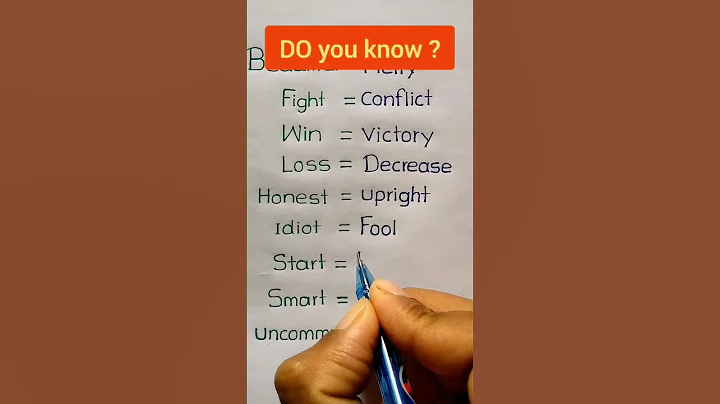"The Area of a Parallelogram" Teaching Design
1 • Textbook Analysis
" The Area of a Parallelogram " is the content on pages P79-81 of the fifth grade volume 1 of the standard experimental textbook "Mathematics" for compulsory education courses published by the People's Education Press. This teaching content is based on the calculation of the area of rectangles (the second volume of the third grade) and the understanding of parallelograms (the first volume of the third grade and the first volume of the fourth grade), and is derived for the subsequent area formulas of triangles and the area formulas of trapezoids. Methods to lay the foundation O
2. Analysis of academic situation
In the early learning, students have already known parallelograms and learned to calculate the area of rectangles. These are all important in this course. Lessons can be used to learn the basics. For parallelograms, students have experienced some perceptual examples in daily life, but they will not notice how to calculate the area of parallelograms, which makes it difficult to learn.
3 • Teaching objectives
- Based on specific situations and through operational activities, experience the process of deriving the formula for calculating the area of a parallelogram and communicating the method.
- Understand and master the formula for calculating the area of a parallelogram, and can use it to calculate the area of related figures and solve all practical problems.
3. Through observation and comparison activities, initially understand the transformation method, cultivate students' observation, analysis, generalization and derivation abilities, and develop students' spatial concept .
4. Heavy and difficult teaching points
Teaching focus: Master the formula for calculating the area of a parallelogram and use it correctly.
Teaching difficulty: Derivation of the formula for calculating the area of a parallelogram.
5. Teaching aids and learning aids: homemade rectangular frame, courseware, learning tool bag
(-) situational import
- . Teacher: Today, the teacher has prepared a little magic for everyone! (Show teaching aids) This is a rectangular frame. Its length is 5 cm and its width is 3 cm. What is the area of the rectangle enclosed by it? What do you think? (Write on the blackboard: The area of a rectangle is 2 length If you pinch a set of diagonal corners of this rectangle and pull it out like this
(the teacher demonstrates it to the students), what shape will it become?
student: parallelogram.
- Let students take out their school bag and experience the process of turning a rectangle into a parallelogram.
(Written on the blackboard:匚]——►/ 7)
4. (Courseware Exhibition Theme Picture) Question: The teacher has seen a lot of graphics, have you seen them?
(rectangle, triangle, parallelogram, circle, trapezoid, square)
asked: Among so many graphics, which graphics appear in the teacher’s little magic?
(rectangle, parallelogram)
asked: Where are these two shapes?
(two large flower beds)
4. (The courseware shows two flower beds) We have learned to calculate the area of a rectangle. What should we do if we want to compare the sizes of these two
flower beds? Who has any idea?
(can calculate the area of a parallelogram)
guides students to tell how they can count grids.
(Blackboard writing: How to calculate the area of a parallelogram)
Teacher: Okay, in this lesson we will learn how to calculate the area of a parallelogram.
(Blackboard writing topic: Area of parallelogram)
(2) Collaborative exploration
 . Use the method of counting squares to calculate the area of parallelogram.
. Use the method of counting squares to calculate the area of parallelogram.
⑴ Turn the textbook to page 80. If there is less than one square, count it as half a square. Count how many small squares does the area of this rectangle and parallelogram
consist of? (Writing on the blackboard: counting grids)
(both 16 grids)
⑵ Group discussion, observe and compare the relationship between the two figures, and complete the table. One square represents lm2o asked: What did you find? The base of the parallelogram and the length and length of the rectangle. What is the relationship between the height of the parallelogram and the width of the rectangle?
生1: The base of the parallelogram is equal to the length of the rectangle, and the height of the parallelogram is equal to the width of the rectangle.
生2: Their areas are also equal.
生3: The area of a parallelogram can be calculated by multiplying the base by the height.
Teacher: Yes, very good. Next, let's verify whether the formula for calculating the area of a parallelogram is base times height.
(Written on the blackboard: Area of parallelogram = height of base I)
- . Operation verification
⑴ Question: Without counting squares, can other methods be used to prove that their areas are equal? Open the tool bag and prompt students to use the tools inside to find ways to verify. (A piece of parallelogram paper, a triangle ruler and a pair of scissors)
⑵ Tip: Just now a classmate said that we can turn the parallelogram into a rectangle and then calculate its area. So how do we cut it to make the parallelogram become a rectangle? What about a rectangle? This is actually the second method for calculating the area of a parallelogram, which is the cut and complement method. (Written on the blackboard: cutting and repair method)
⑶ In a group of four, first introduce your research plan to the group members through their own thinking; the group members discuss how to conduct operational research by drawing, cutting, etc.; the group leader will perform the operations , team members assist. Groups that have difficulties can ask senior teachers for help; compare which group of students can solve the problem quickly.
⑷Show student works: different methods to turn parallelograms into rectangles.
asked: Observe the spelled out rectangle and the original parallelogram. What did you find?
(The area of a parallelogram = the base and the height)
guides students to express it with letters: S represents the area, a represents the base, and h represents the height. Then the area formula is S=ah
(write on the blackboard while talking)
(3) Consolidation practice
- . Courseware presentation example 1: The base of the parallelogram flower bed is 6m and the height is 4m. What is its area? What formula do we use to calculate the formula? Students try it out, explain the problem-solving method, and write on the blackboard by name.
(Written on the blackboard: S=ah=6x4=24nV)
- . (Provided with courseware) Exercise the first question of the fifteenth exercise, and let the students complete the answer independently.
- . (Course material provided) Can you calculate the area of the parallelogram below?


- •Are the areas of rectangles and parallelograms equal in teacher’s magic? Let’s take a look at question 7 on page 83 of the textbook. (Courseware provided)
(4) Class Summary
Think back to our learning process just now, what did you gain?
What conditions must be known to calculate the area of a parallelogram? How is the formula for the area of a parallelogram derived?
Seven Blackboard Design
A mouthful
The area of a parallelogram
The method of calculating the area of a parallelogram:
The area of a rectangle = length yi width the area of a parallelogram = base yi height S : area a : base h : height letter representation: S = ah
Example 1: a=6m h=4m
SDahn6Q4D 24m2)
 , Counting grids
, Counting grids
 , Turn parallelograms into rectangles one by one cut and repair method
, Turn parallelograms into rectangles one by one cut and repair method














